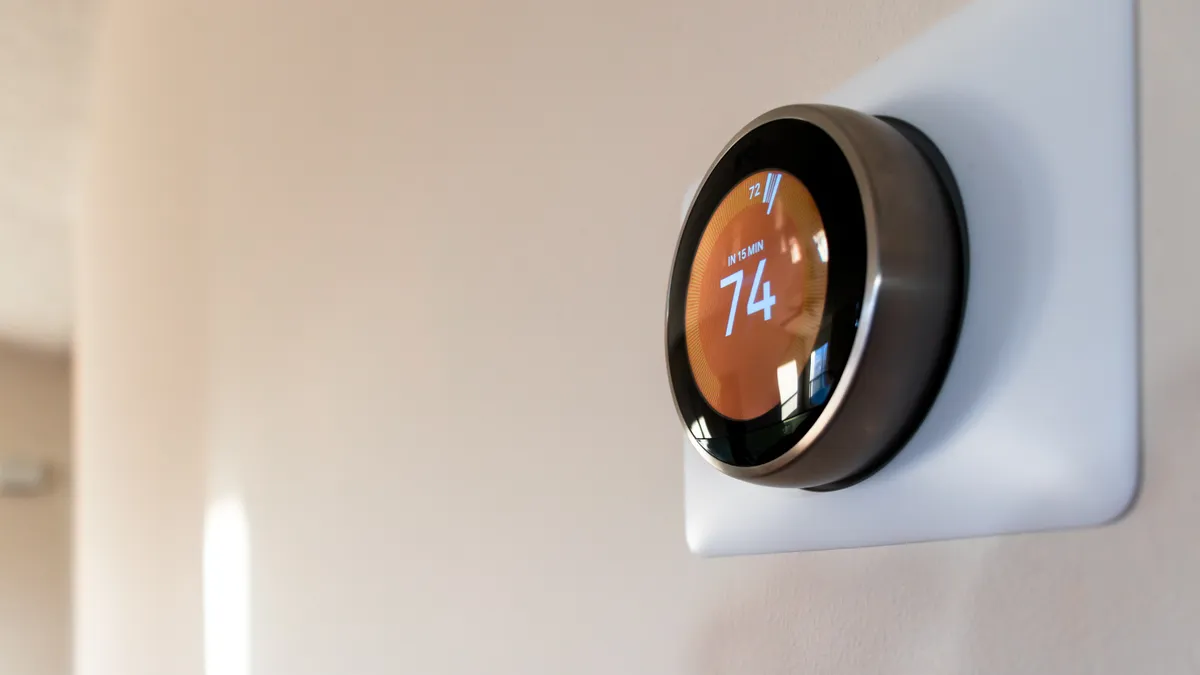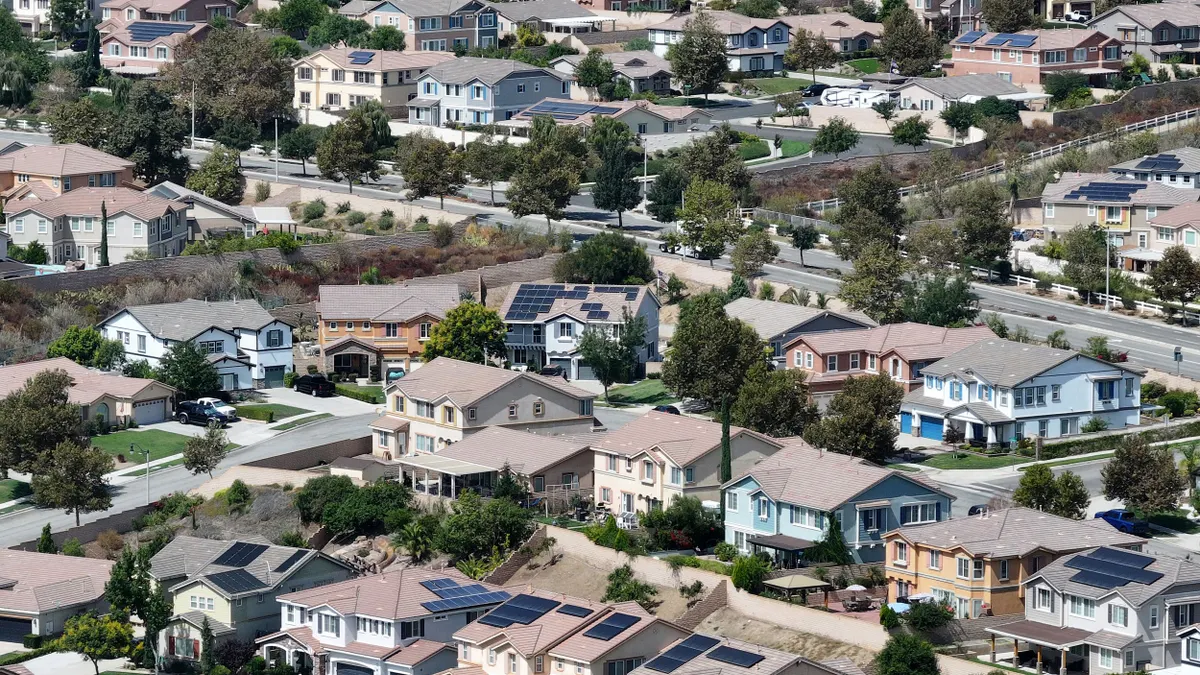In Illinois, about 90,000 people work in the clean energy sector — many at tiny firms with six people or less, developing technological innovations that aim to save customers money and ease the strain on the power grid. But they need one thing: data.
"We think there's a lot of very interesting development in the clean tech space and one way or another a lot of those applications need data," Dave Kolata, director of the Citizens Utility Board (CUB), an Illinois utility watchdog and ratepayer advocate, told Utility Dive.
Across the country, data-intensive smart grids are growing. Demand response programs require detailed analytics to optimize efficiencies; customers need the data to respond to pricing signals; technology developers need large banks of information to create products and systems aligned with their customers' and markets' needs.
But the challenge is how to move the energy usage data from the meter — which is collecting increasing amounts of detailed information — into the hands of those who can put it to work, all without compromising the privacy of customers.
Advocates want data to move 'seamlessly and quickly'
In Illinois, the CUB and the Environmental Defense Fund (EDF) have filed an Open Data Access Framework with the Illinois Commerce Commission intended to ensure that customers can easily move data to third parties.
"Once a customer consents, we want to make sure the smart grid systems are set up so the data moves seamlessly and quickly to third parties," Kolata said.
"Seamlessly and quickly" are the key words here — and Kolata repeats them often.
The framework was filed in August and a hearing is scheduled for October 29. EDF and CUB are hoping for a final standard to be approved early next year. That's because they want Illinois utilities ComEd and Ameren to incorporate it into their smart grid deployment plans when they go through their annual review in April 2015.
But there are really two distinct tracks to this process. Customers accessing their own data isn't exactly controversial — the proposed data framework pushes for higher quality data and at greater frequency. The real challenge is in moving that data to third parties, be they research organizations or demand response providers. Unanswered questions revolve around how to ensure the data is private and secure, as well as easily transferable.
The two organizations are hoping the Illinois proposal can become a model for other regulatory commissions around the country, similar to the Green Button Connect technical standard for giving consumers access to their data.
The value of customer data will be measured by innovation
Just how valuable is energy usage data?
That's a tough question, Kolata told Utility Dive, because so much of the value is based around innovation and economic growth, as well as customer bill savings and demand reduction.
"It's hard to put an exact dollar on savings, but we think it's significant," Kolata said. "If the smart grid is implemented and optimized correctly, you’re going to see all kinds of opportunities for consumers to save."
A part of the proposed standard is making the data available in an industry-standard and machine-readable format, according to Andrew Barbeau, president of the Accelerate Group and a consultant for EDF. If a clean tech startup first has to develop systems for processing data formats, that time and investment will ultimately delay innovation. Standardized formats can "really unlock innovation in this space," Barbeau added.
Beyond the end-use potential, the value of data-sharing could spur the development of more efficient systems and the growth of the clean tech industry. "It definitely ties into economic transformation, growth and job creation," Kolata said.
"When you take what the smart grid can provide and you merge that with better control systems, you can come up with all kinds of applications and devices that ultimately can save consumers money," he said. "There's a lot of ways to do that but, at its core, it's greatly improving energy potential, demand response, and being able to participate in energy markets without even thinking about it, without even knowing that's what is going on."
Making data sets useful — and anonymous
Today, the world is controlled by data — but there is always concern about how that data is linked to consumers.
"People want customer data so they can develop models in the energy space," Barbeau said. "We think it's pretty straightforward when it comes to customers getting access to their own data. Providing it to third parties, that's when you have to be a little more careful."
The Illinois framework calls for customer data to be transmitted to a third party when authorized by the customer. But a provision aimed at research institutions and companies doing modeling allows the data to move without customer authorization — so long as it is made anonymous.
To guarantee that, the framework calls for utilities to provide 12 months of anonymized customer usage data to third parties in packets containing at least 15 customers within a customer class, organized by groups within the same zip code. The caveat is that no customer's usage can comprise more than 15% of the group's demand.
As for keeping customer data safe and secure, the plan suggests utilities may institute a process for approving third parties who wish to obtain access to customer-specific data "if such requirements are related to data security, and the ability to receive the transmission of data in an efficient manner."
As regulators across the country start to parse through the hard questions surrounding customer data, all eyes will be on Illinois.





















